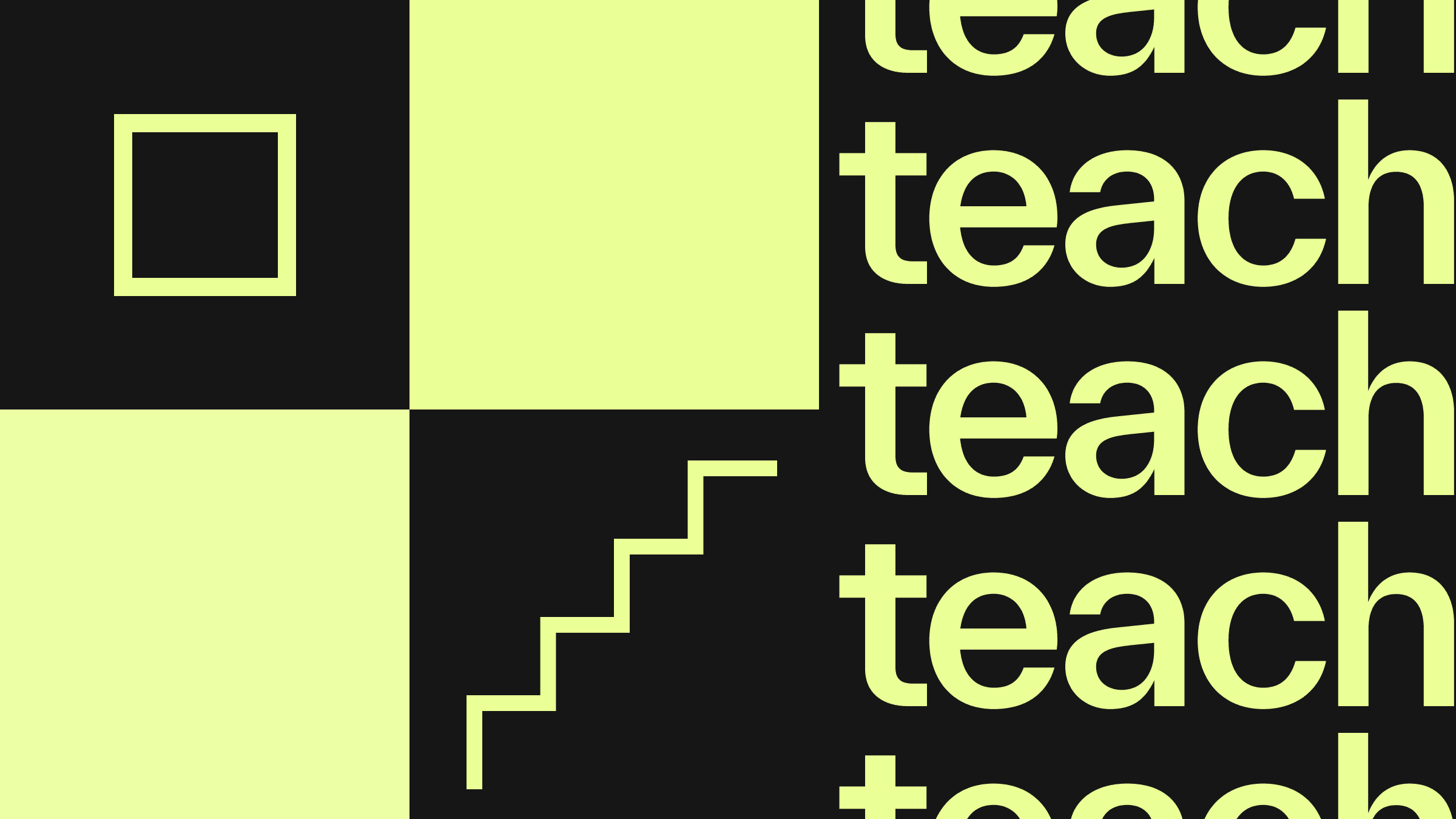Merging Worlds and PRs
How CodeSandbox tears down the barriers to learning how to code.

Nestled between Lake Turkana and the wildlife reserves of the Kenyan Savanna lies the Chalbi Desert, home of the ancient nomadic Turkana tribe and a place of refuge for more than 200,000 refugees.
Kakuma was established as a refugee camp in 1992 when the “Lost Boys of Sudan” stoically traveled by foot to a place of safety. They were later joined by Ethiopian refugees fleeing their own conflict.
Over 20 years, this temporary resting place has developed into a tent city where thousands await return to their homes. They can wait for years and up to decades waiting for the opportunity to restart their lives. While they wait, their lives carry on. Children go to school, grow up, and develop professional skills that they can use to build their future.
Prior to working at CodeSandbox, I worked with an organization that supported such refugees. While on one of my trips to Kakuma, I met a group of young students looking to teach themselves to become web developers. They had just enough resources to bridge the gap of distance and technology to achieve their education goals. They had slow but stable internet, access to donated laptops, and a hunger to learn.
Once home, I donated my time as a remote instructor with this group. It was while I searched for tools for a remote web development course that I found CodeSandbox as the perfect solution for this class.
The Setup
There were a number of important factors to consider when looking for ways to create a workable learning environment. I evaluated dozens of tools and found that CodeSandbox met all of my unique education challenges.
Working with Old Machines
The students didn’t have computers powerful enough to run local development environments. And even if they could, it would be very difficult to help students navigate their first IDE from a distance.
By getting students onto sandboxes, we could jump straight into the code and introduce concepts of developer environments as we worked progressively through the lessons. I found this to be far more effective than the alternative which required a dedicated lesson for creating and running files locally and then in an editor.
Holding Class and Giving Assignments
I would create lessons in the form of lectures with simple practices to illustrate development principles or I would build something as I described what was happening and why. Both lesson types were easily supported in CodeSandbox. I would create a sandbox, add my examples, and then hold a live session during the class so students could follow my movements.
When it was time for students to do their own practice, they simply had to fork the lesson sandbox and start working.
Building Student Portfolios
I would often give homework assignments which would be the beginnings of a project with commented sections for guidance. These projects, when forked into the students’ personal workspace, would then serve as the start of a portfolio of their skillsets that they could easily share or build on later.
Curriculum Development
As an instructor looking to build a curriculum that I could repeat, I found the dashboard organization of sandboxes to be incredibly helpful. I grouped my lessons and exercises under topics that I could pull from on future occasions.
If I expanded the class to more teachers, this would have been the perfect place for collaboration on lesson planning and sharing ideas.

The Experience
CodeSandbox allowed me to feel closer to these incredible students than I could have possibly hoped for. Being able to greet the class on a group call and then zoom into the individual work of the students let me feel like I was in the room with them.
The experience was not only great for me, but it also allowed the graduates to leave with a small, shareable portfolio of their work that they could take into their next venture.
It was a real joy and privilege to watch these students do with CodeSandbox what so many developers around the world are empowered to do: make their ideas come to life. Whether it was a photography website that captured the everyday moments of life in Kakuma or the beginnings of a commerce site to support their family business, the class showed me that these students, once given the tools and skills, can and will pave a path toward their own success.
If you’re curious about using CodeSandbox for teaching or learning how to code, have a look at our main benefits. We have a generous free plan and can also provide more flexible Pro plans for educators—talk to us for access.
Footnotes
The program I was teaching with is called Solidarity Initiative. If you are interested in learning more, you can check out their website here: https://sirafrica.org/



